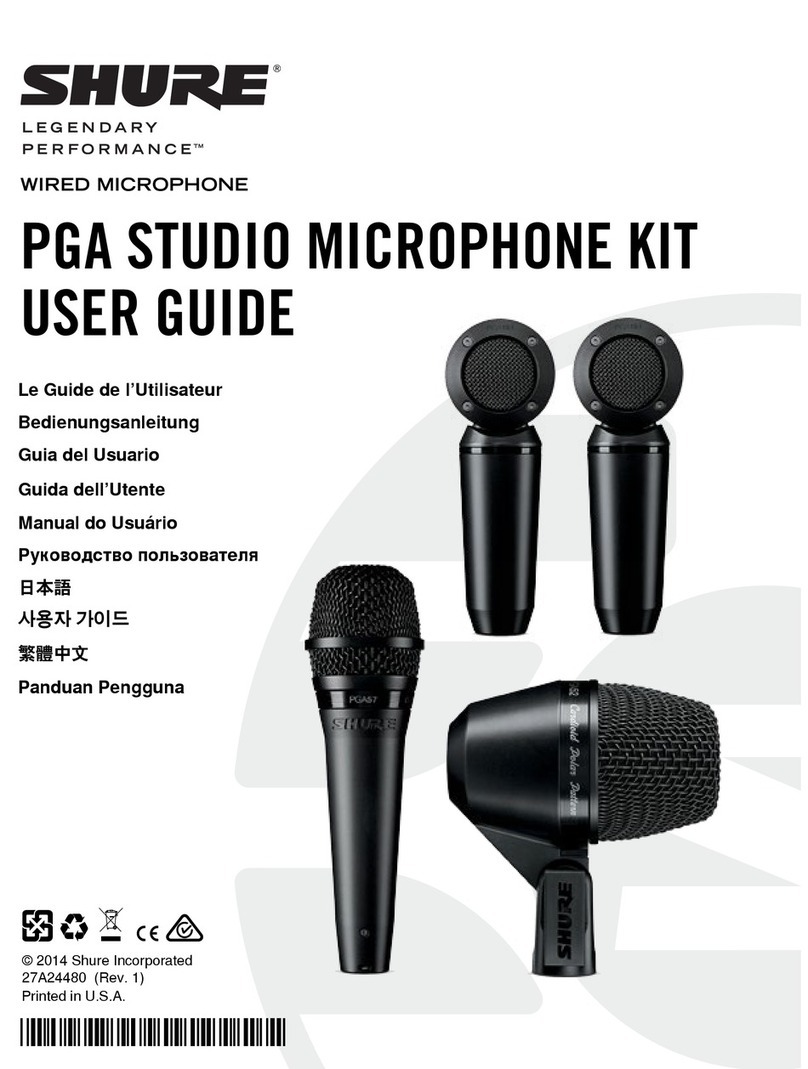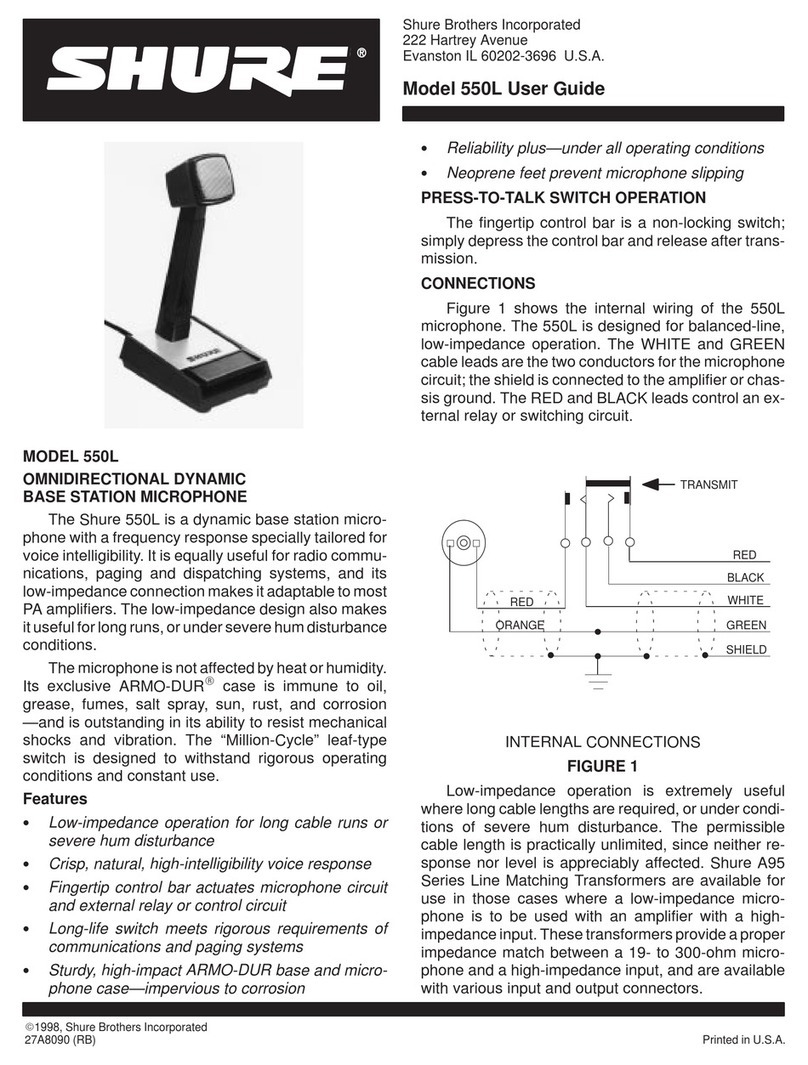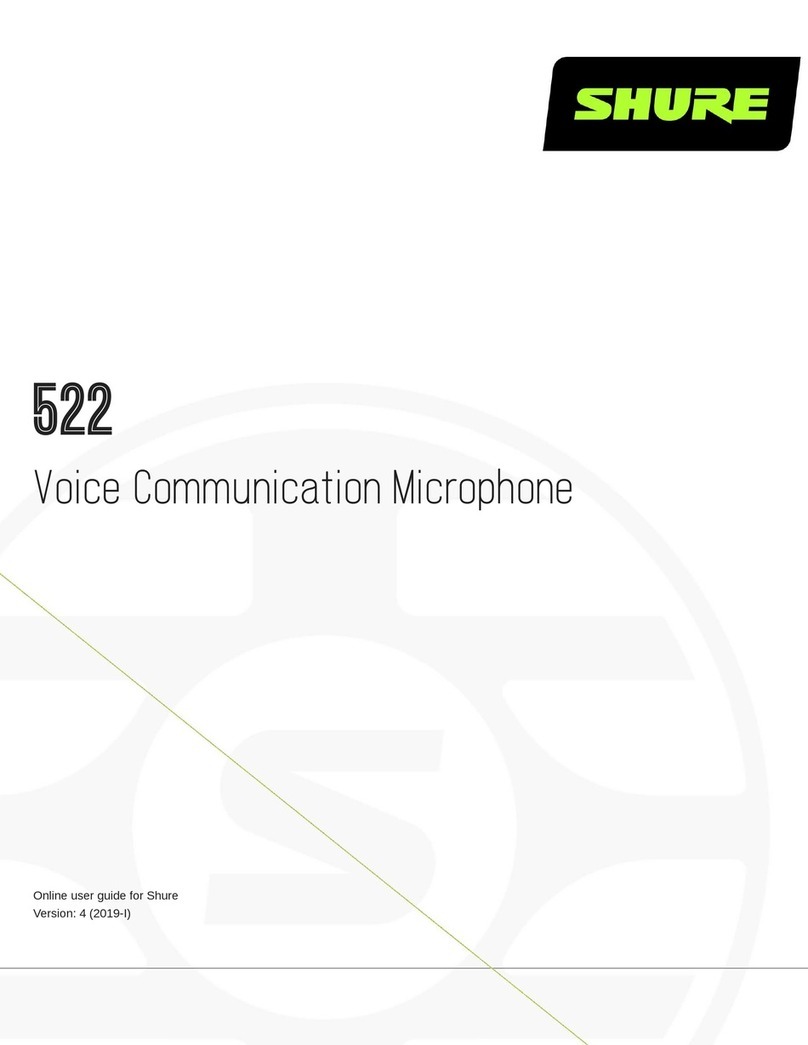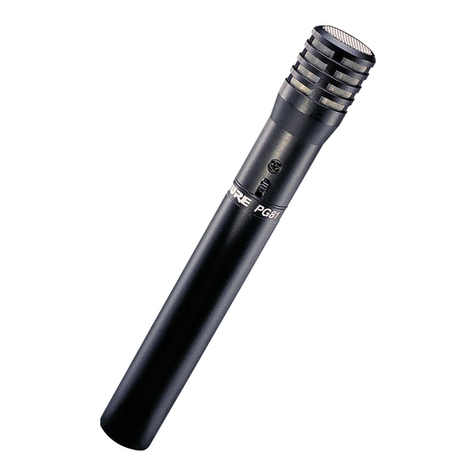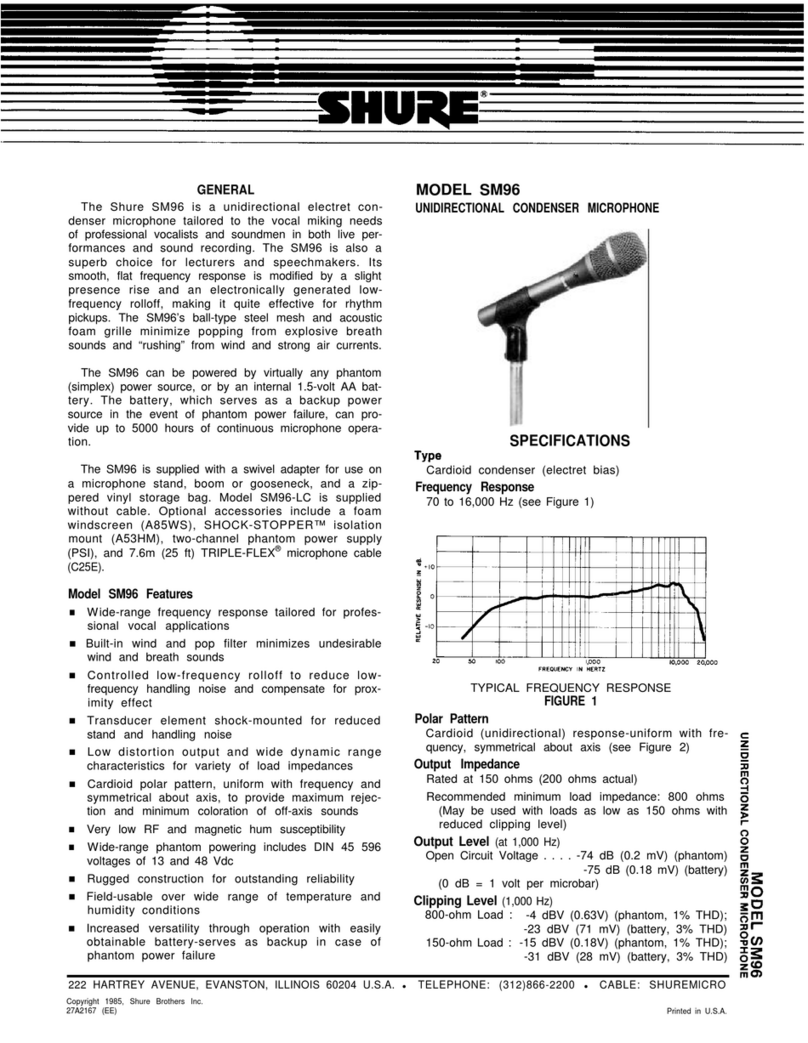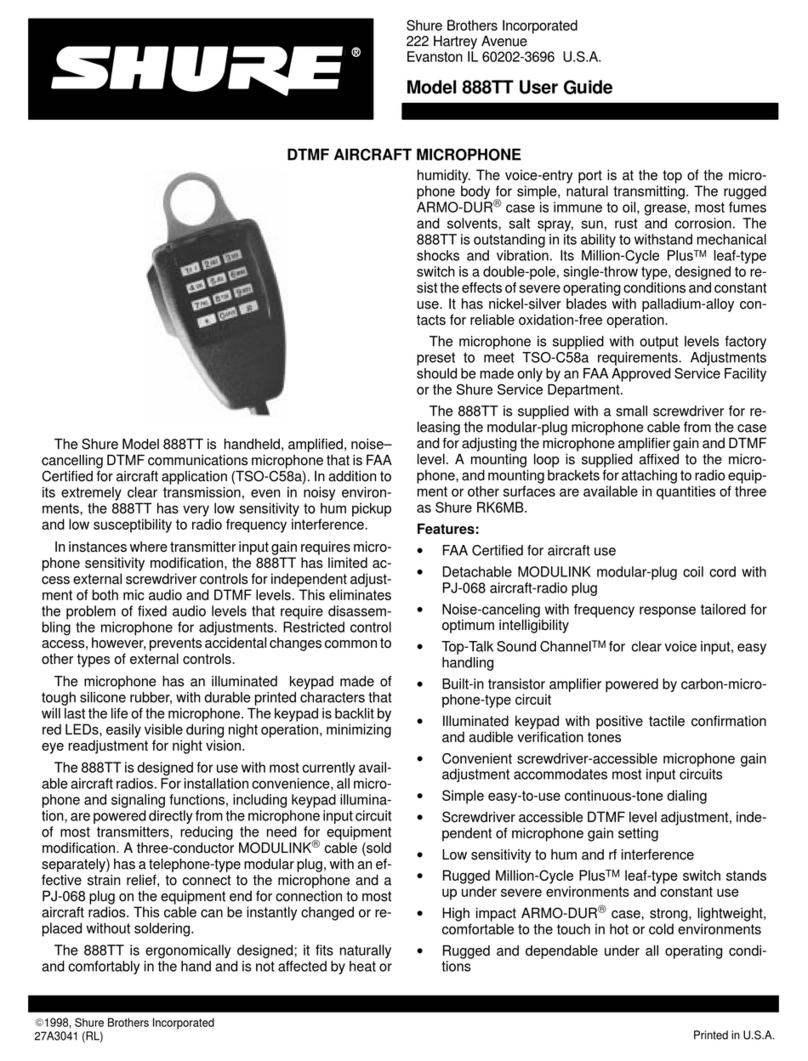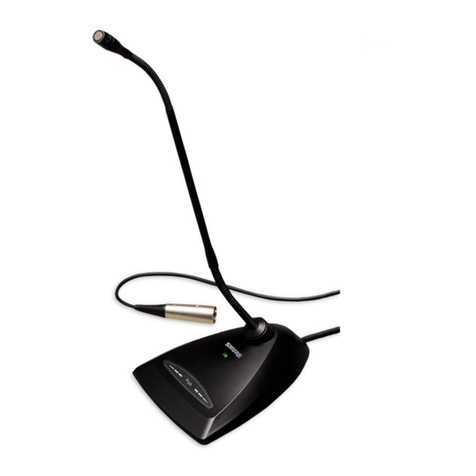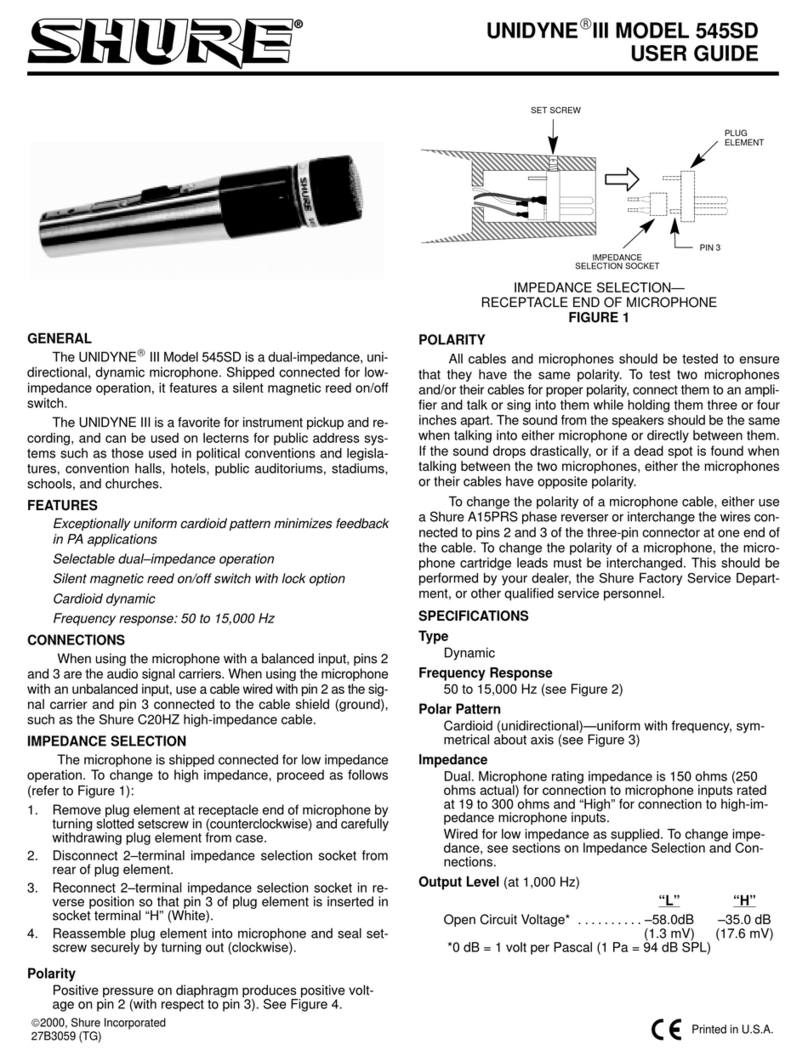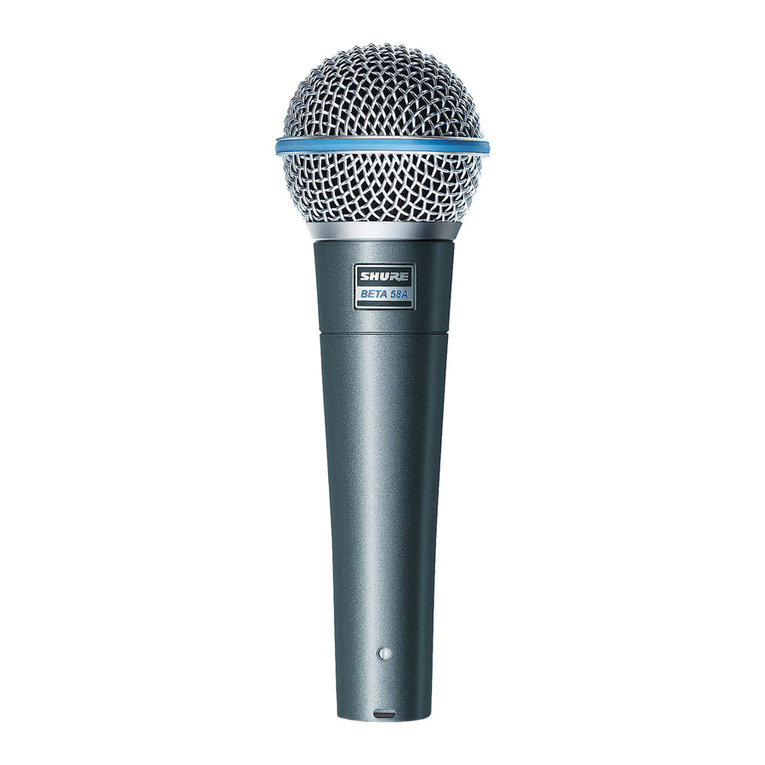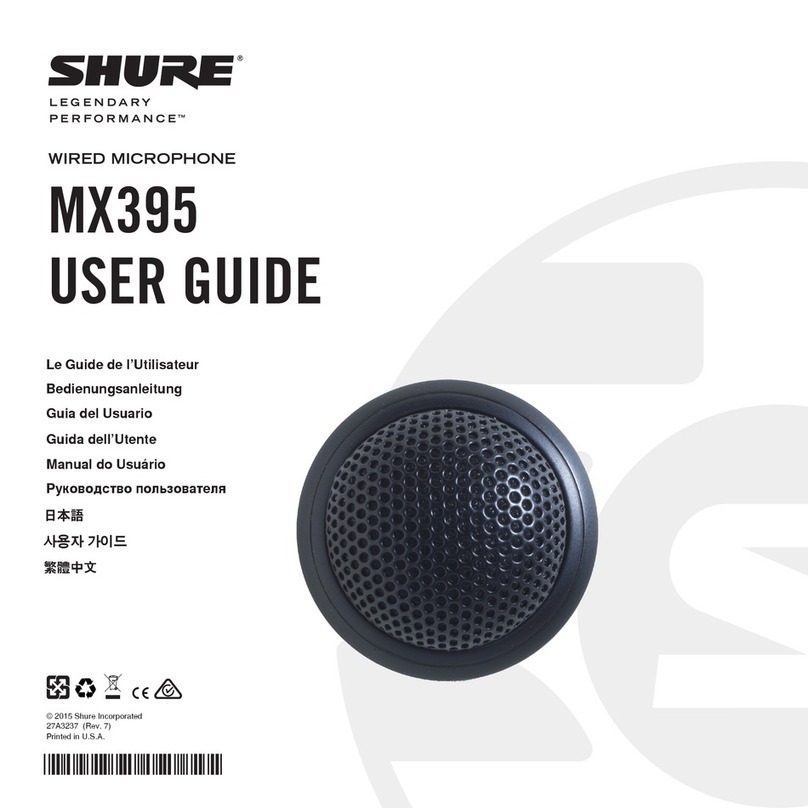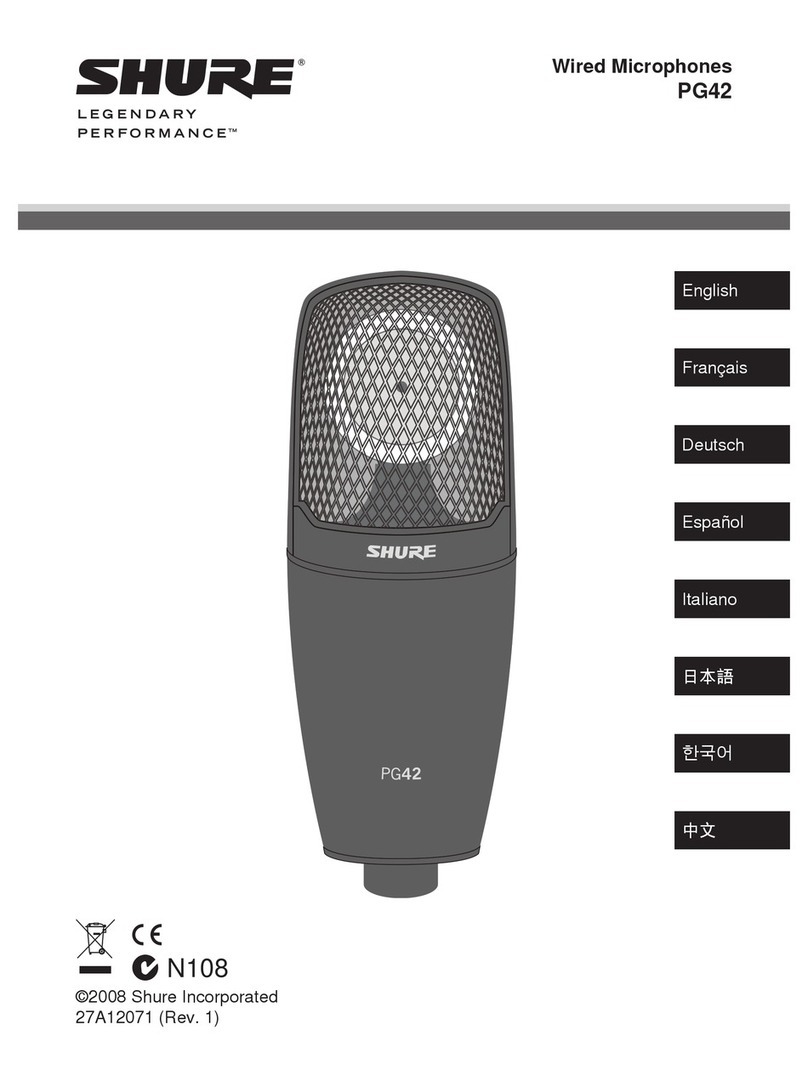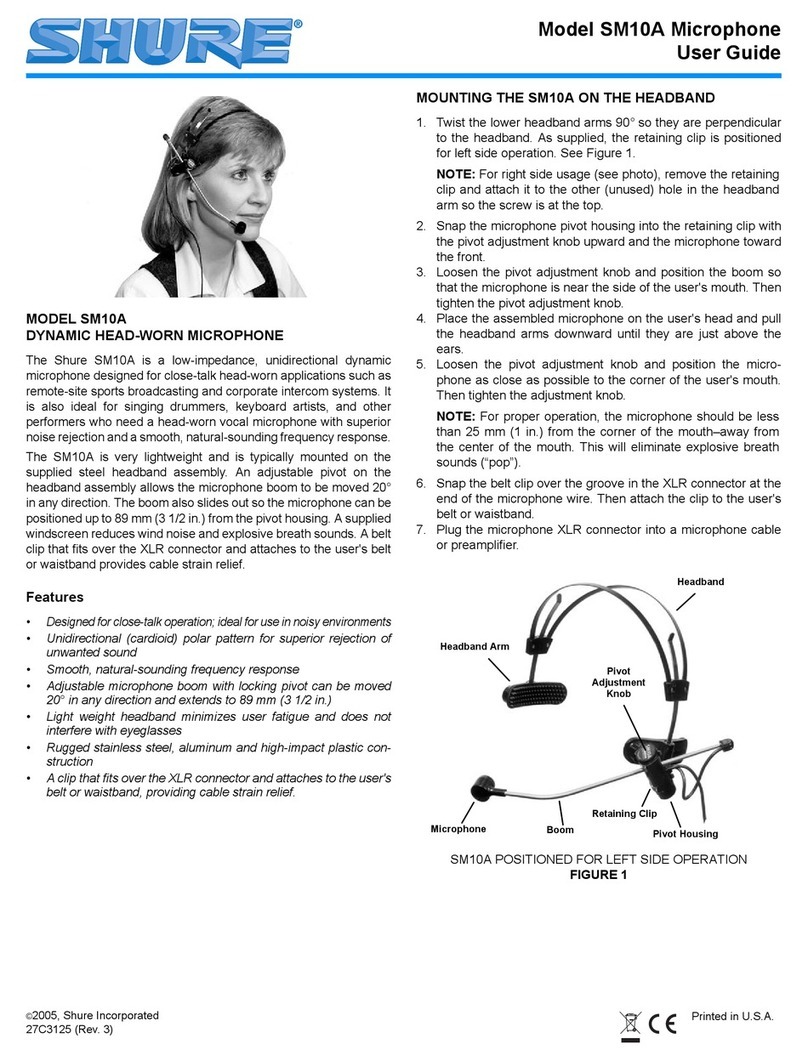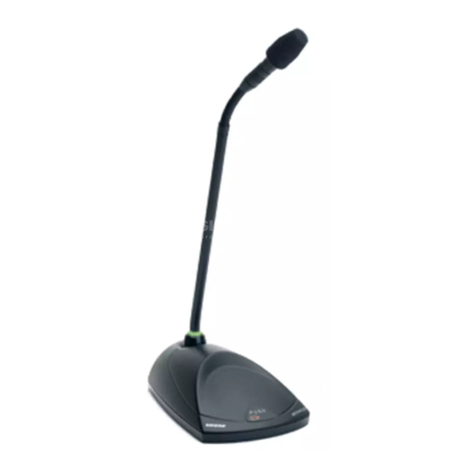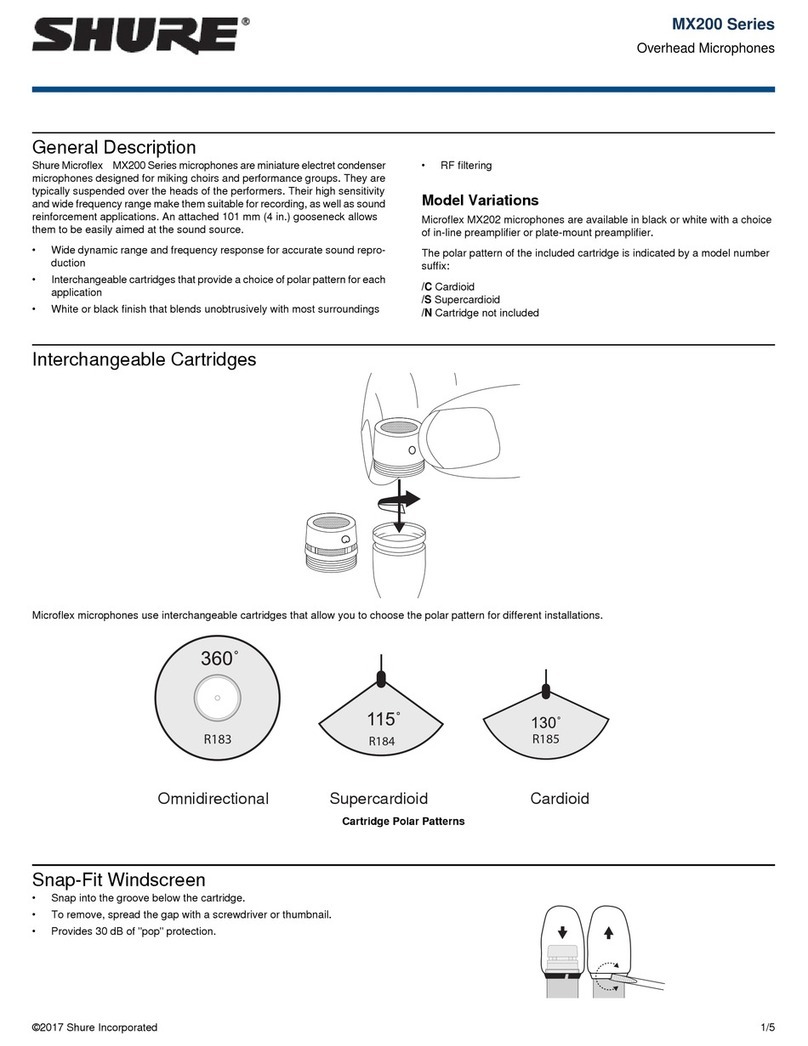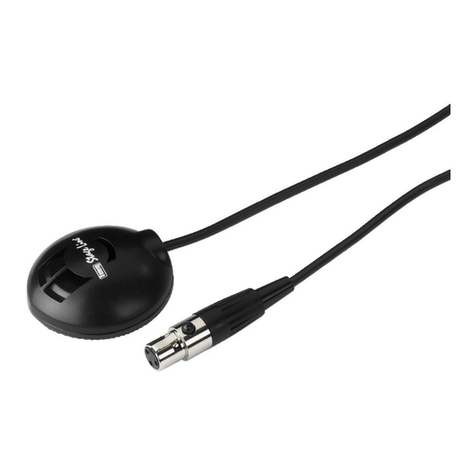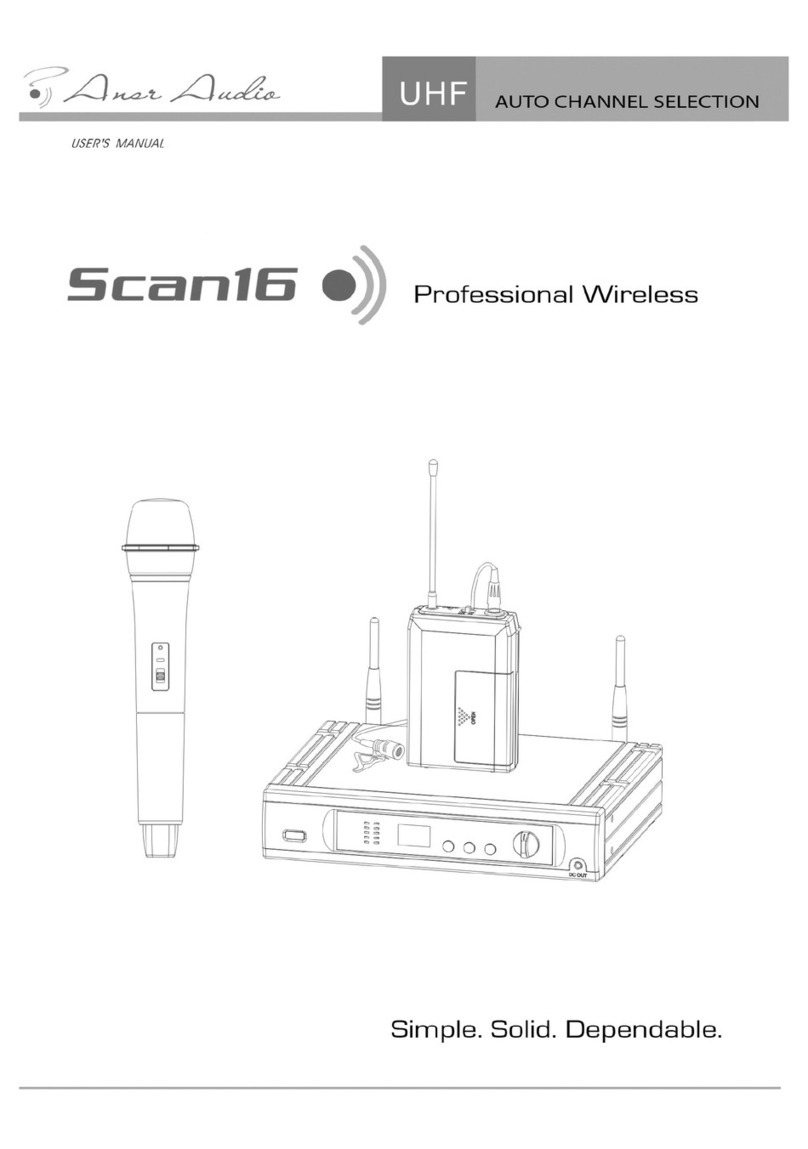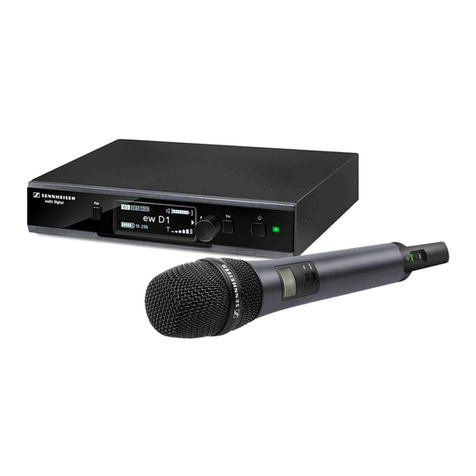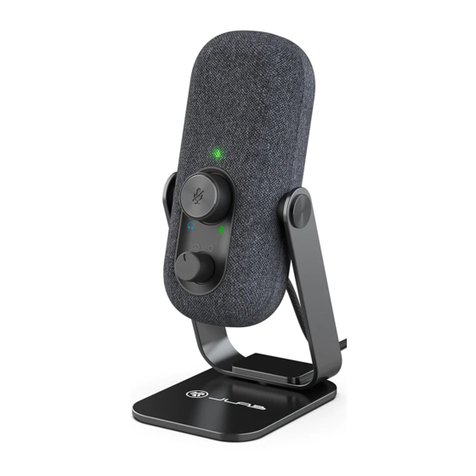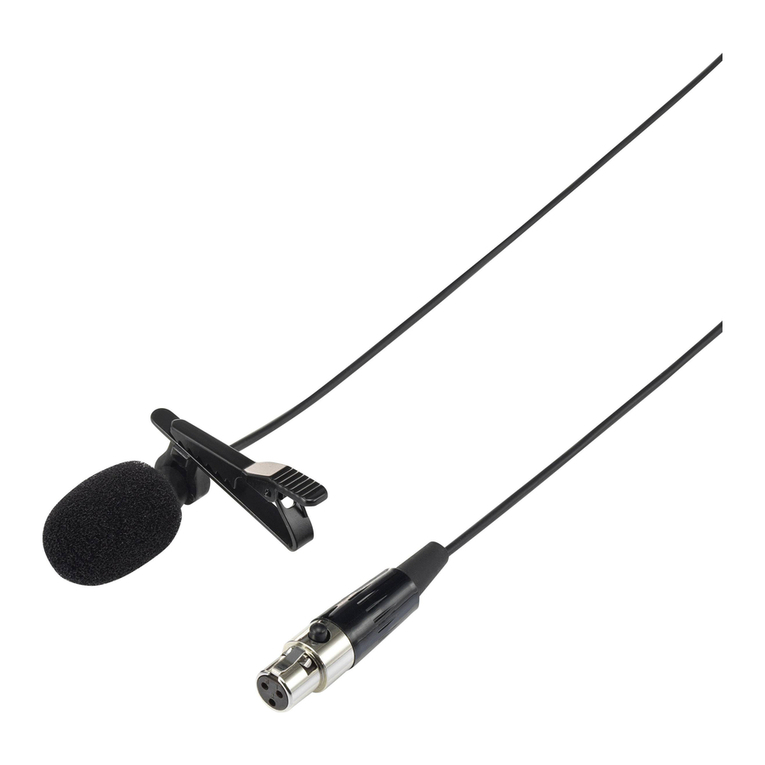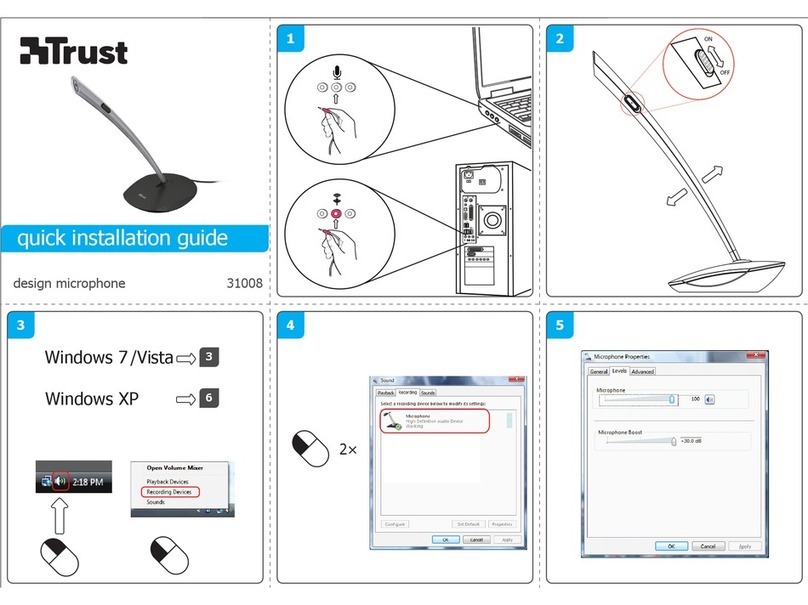5
Performance Characteristics
• Extremely uniform polar response
• Extended frequency response
• Minimal self-noise
• Exceptional low-frequency reproduction
• Able to withstand high SPLs
• High output level
• No crossover distortion
• Superior common-mode rejection and suppression of radio frequency interference (RFI)
Features
• Multiple polar patterns (cardioid, omnidirectional and bidirectional) for maximum flexibility in a wide
variety of recording applications
• Dual 1 inch, externally biased, ultra-thin, 2.5 μm, 24 Karat gold-layered, low mass, Mylar®
diaphragms provide superior frequency response
• Class A, discrete, transformerless preamplifier for transparency, extremely fast transient response
and no crossover distortion. Minimizes harmonic and intermodulation distortions
• Premium electronic components and gold-plated internal and external connectors
• Subsonic filter eliminates rumble from mechanical vibration below 17 Hz
• Switchable 15 dB pad for handling extremely high sound pressure levels (SPLs)
• 3-position switchable low-frequency filter helps reduce unwanted background noise or counteract
proximity effect
• Integrated three-stage "pop" protection grille reduces plosives and other breath noise
• Internal shock mount reduces handling and stand noise
Applications
The KSM44A provides superior results in any application requiring a high quality microphone. Some
typical applications are listed below.
• Vocals (studio or live)
• Acoustic instruments such as piano, guitar, drums, percussion, strings
• Brass and woodwind instruments
• Low-frequency instruments such as double bass, electric bass, kick drum
• Overhead miking for drums or percussion
• Choral or orchestral ensembles
• Room ambience or stereo miking
Acoustic environments and microphone placements strongly affect the sound obtained from miking a
source, especially with a high-resolution microphone like the KSM44A. You may need to experiment with
placement, room treatments, and polar pattern to achieve the best overall sound for each application.
